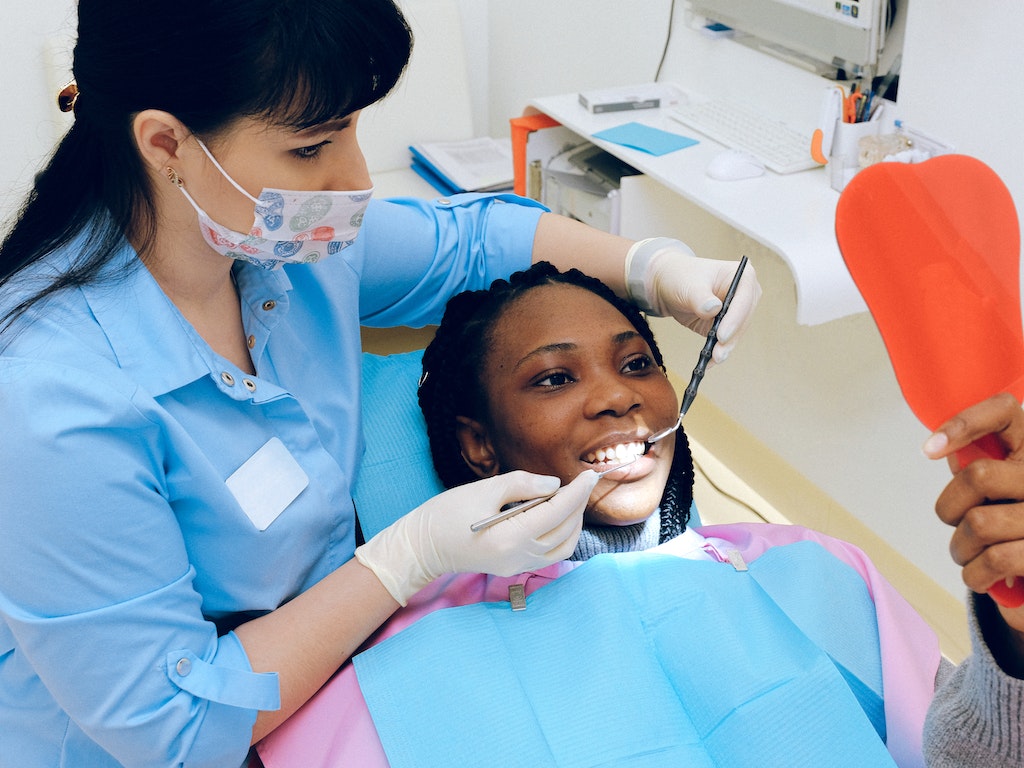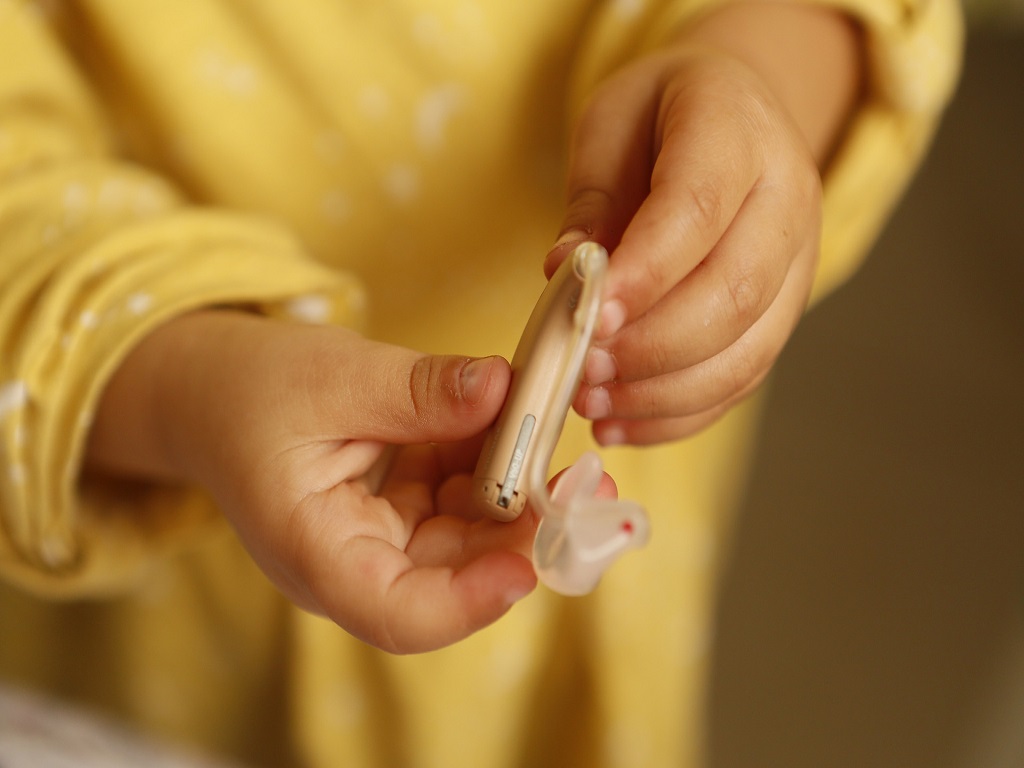
Keeping one’s teeth healthy is important for so many reasons. It’s not just about cavities and gum diseases, though those things are serious enough in their own right.
According to research, there is a link between a person’s oral health and overall health. Without treatment, tooth decay or gum diseases can cause pain, tooth loss, and self-confidence issues.
Proper dental care at home and the dentist’s office can help people avoid these issues. The following are some best practices for maintaining healthy teeth and gums.
Brush Frequently but Not Vigorously
Brushing teeth twice a day is an excellent way to remove plaque and clean the teeth. Brushing works if one does it the right way. One should brush each tooth’s front, back, and top in small circular motions. This procedure should take at least 2 to 3 minutes.
Brushing too hard can damage tooth enamel and gums. The American Dental Association (ADA) recommends that people use a soft-bristled toothbrush and replace it every three months.
Use Fluoride
Fluoride helps prevent cavities and is found in toothpaste and mouthwashes. Even if a person takes good care of their teeth, a lack of fluoride may cause tooth decay as it’s not present in all dental products. Brushing and flossing will not prevent cavities if one doesn’t use fluoride.
In many American communities, fluoride has been added to the water supply. People can contact their local government to find out if the water in their area contains fluoride.
Floss Daily
Flossing can remove plaque and bacteria that a toothbrush cannot reach. It prevents bad breath by removing food and debris lodged between the teeth.
Dental professionals advise gently guiding the floss to the gumline before hugging the tooth’s side with up-and-down motions. One must be careful not to snap the floss between their teeth; it can be painful and will not remove plaque as effectively.
Visit a Dentist Regularly
Experts advise people to get a dental checkup every six months. A hygienist will clean the teeth, remove tartar that has hardened, and perform a routine dental exam. The dentist will examine the mouth for visible signs of cavities, mouth cancer, gum disease, and other oral health problems. Dental X-rays are sometimes used to check for cavities.
Quit Smoking
Tobacco weakens the immune system, making it difficult for tissues to heal, including those in the mouth. The American Dental Association warns that smokers may experience delayed healing after a dental procedure.
Smoking also impacts the appearance of the mouth, causing yellowing of the teeth and tongue and a foul odor.
Use Mouthwash
According to some studies, certain mouthwashes can improve oral health. Chlorhexidine is an antibacterial ingredient in mouthwash that aids in the control of plaque and gingivitis. Mouthwashes containing essential oils are also beneficial.
People may want to ask their dentist about the best mouthwash for their specific needs. Mouthwash doesn’t replace brushing and flossing but supplements these practices.
Limit Sugary and Starchy Foods
Sugar consumption can result in cavities and poor dental health. Candy and desserts are common offenders, but many processed foods also contain added sugar.
According to experts, starchy foods can also cause tooth decay. These foods linger in the mouth and degrade into simple sugars, which acid-producing bacteria feed on. This acid is capable of causing tooth decay. The WHO recommends that people keep their sugar intake to less than 10 percent of their daily calories.





